3D printing, also known as additive manufacturing, is revolutionizing the architecture and construction industry by providing innovative ways to design, model, and construct buildings and structures.
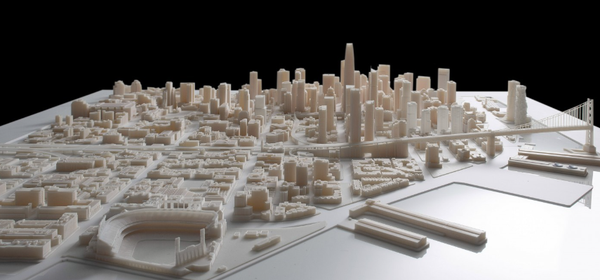
1, Rapid Prototyping and Design Iterations:
Architects can quickly create 3D-printed scale models of their designs, allowing for better visualization and understanding of the proposed building or structure. This expedites the design iteration process.
2, Complex Geometries and Innovative Designs:
3D printing allows architects to create complex, intricate, and organic shapes that would be challenging or impossible to achieve using traditional construction methods. This enables architects to push the boundaries of design and create visually stunning structures.
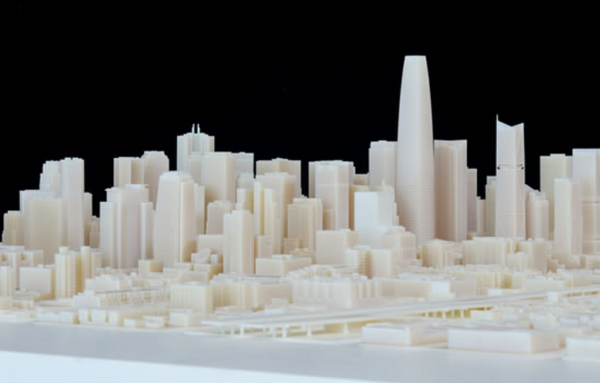
3, Customization and Tailoring:
Architects can design and 3D print customized building components based on specific project requirements and client preferences. This leads to more personalized and unique architectural solutions.
4, Cost-Effective Construction:
3D printing can significantly reduce construction costs by optimizing material usage and minimizing waste. It eliminates the need for many formworks and molds traditionally required in construction.
5, Speed of Construction:
3D printing enables faster construction processes by layering materials to build structures. This speed is particularly advantageous for emergency housing, disaster relief, or addressing urgent housing needs.
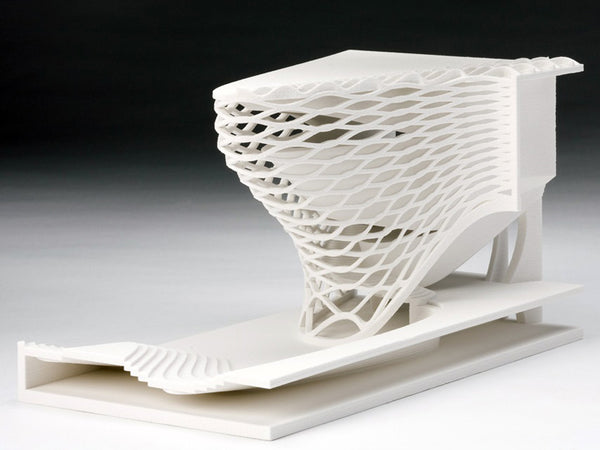
6, Sustainable Construction:
3D printing promotes sustainability by using eco-friendly materials and reducing construction waste. It allows for the use of recycled materials in the printing process, contributing to a more sustainable construction industry.
7, Remote and Challenging Locations:
3D printing can be especially useful in remote or challenging locations where transporting traditional construction materials and equipment is difficult. The technology can be used to quickly set up temporary or permanent structures.
8, Repair and Restoration:
3D printing can be employed to recreate intricate architectural elements for restoration projects, helping to preserve historical buildings and monuments.
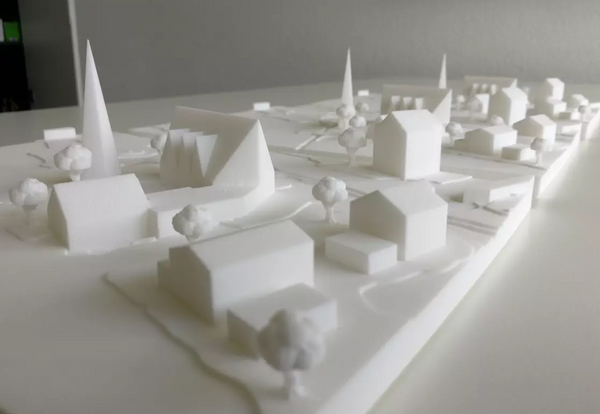
9, Experimentation and Innovation:
Architects and construction professionals can use 3D printing for experimentation and research in materials, structures, and construction techniques. This fosters innovation and the development of new construction methodologies.
10, Affordable Housing Solutions:
3D printing has the potential to address the global housing crisis by providing cost-effective and rapid construction methods for affordable housing projects.
11, Bridge Construction:
3D printing can be utilized to construct bridges, showcasing the technology's capability to create durable and structurally sound infrastructure elements.
Urban Planning and Infrastructure Models:
3D printing can be used to create accurate and detailed models of cities, aiding in urban planning and infrastructure development.
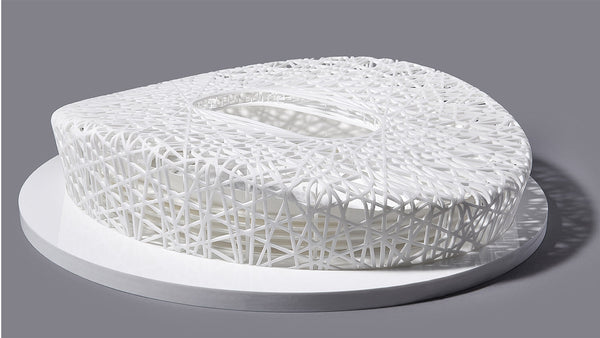
In summary, 3D printing is a game-changer in the architecture and construction industry, offering benefits such as design innovation, cost-efficiency, sustainability, and the ability to create structures with unprecedented geometries and customization. As the technology continues to advance, its role in reshaping the future of construction is likely to expand further.
